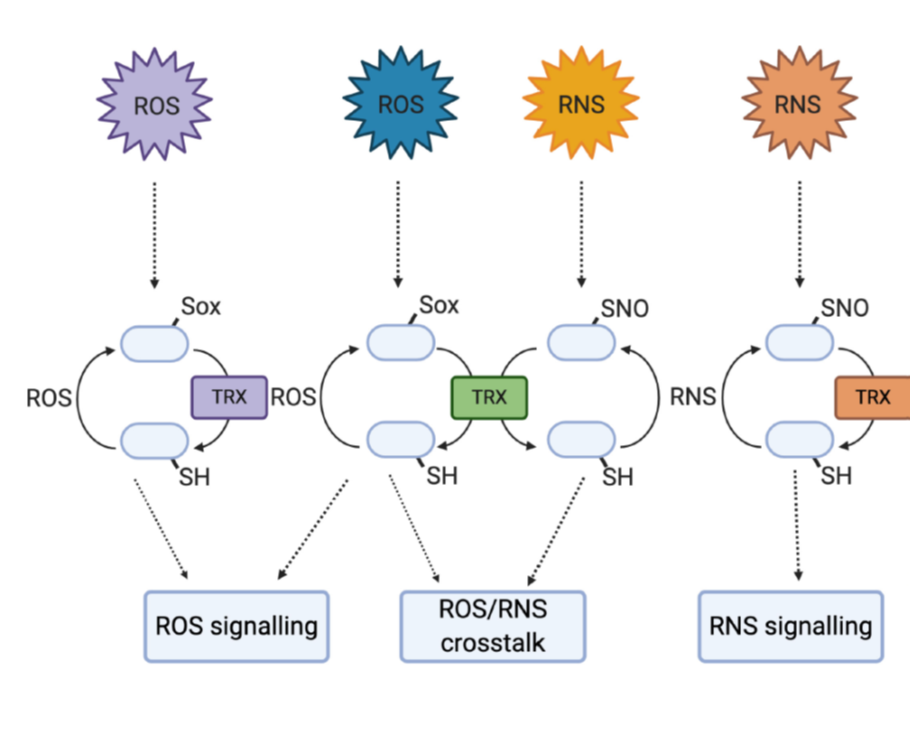
Review: Selective redox signaling shapes plant-pathogen interactions (Plant Physiol.)
Plant Science Research WeeklyReactive oxygen species (ROS) and reactive nitrogen species (RNS) are often presented as something of enigmas. They are damaging by-products of metabolism and stress, but also intentionally produced as a signal and defense response to pathogens. This excellent Update by Bleau and Spoel synthesizes new…
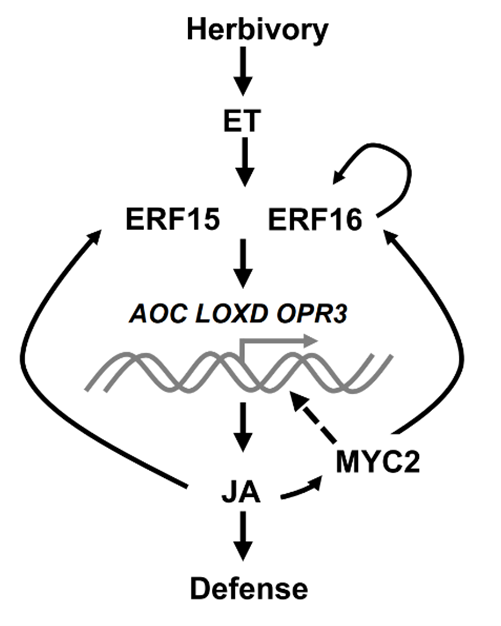
Ethylene response factors 15 and 16 trigger jasmonate biosynthesis in tomato during herbivore resistance (Plant Physiol)
Plant Science Research WeeklyCrop damage and yield losses caused by herbivores have become major threats to global food security. Upon wounding and herbivory, plants rapidly accumulate high levels of jasmonates (JA). However, the mechanism underlying how JA biosynthesis is triggered by herbivore attack remains unclear. It is therefore…

Plant cell layer-specific responses against pathogenic and beneficial microbes (Cell Host & Microbe)
Plant Science Research WeeklyPlant roots are composed of concentric cell layers with distinct gene regulatory programs. Cell layer-specific responses are likely critical for plants to cope with microbes with various lifestyles, but little is known about root responses against microbes at cell-layer resolution. Fröschel et al. tackled…
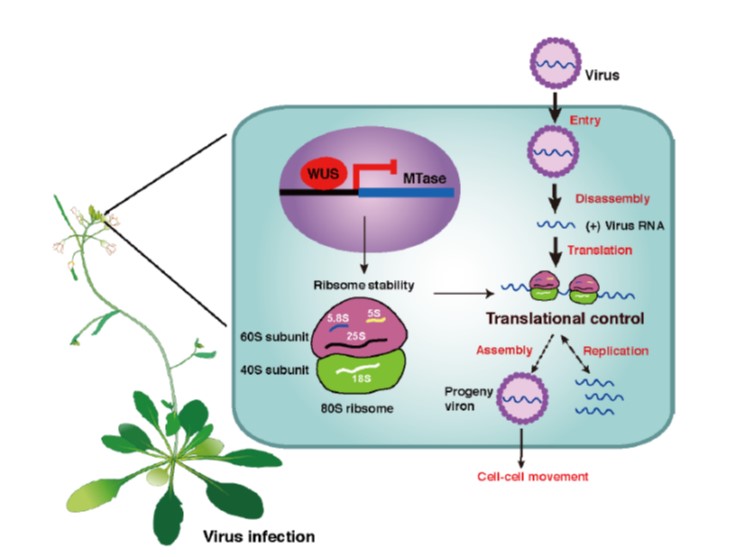
WUSCHEL triggers innate antiviral immunity in plant stem cells (Science)
Plant Science Research WeeklyMeristem culture is widely used as a technique for plant propagation because meristems are usually virus-free, even in systemically infected plants. It has long been assumed that viruses are unable to enter the cells of the meristem due to the meristem’s lack of vascular connections to the plant. Here,…
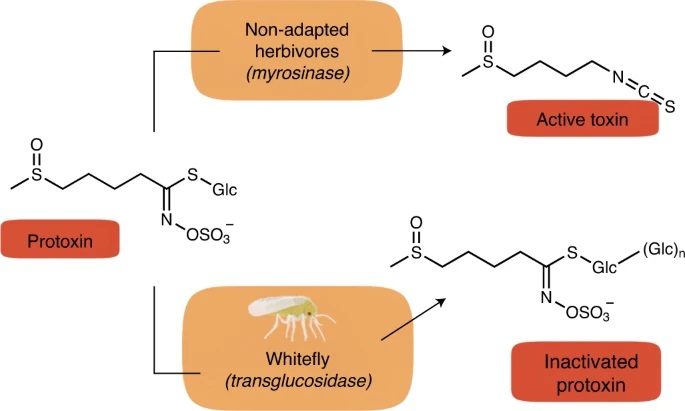
Glucosylation prevents plant defense activation in phloem-feeding insects (Nature Chem. Biol.)
Plant Science Research WeeklyBrassicas produce specialized metabolites called glucosinolates that can be enzymatically converted to release toxic compounds. The catalyzing enzyme is stored in a separate subcellular compartment, so upon wounding by a herbivore the enzyme and substrate mix and release the toxin. Phloem-feeding insects…
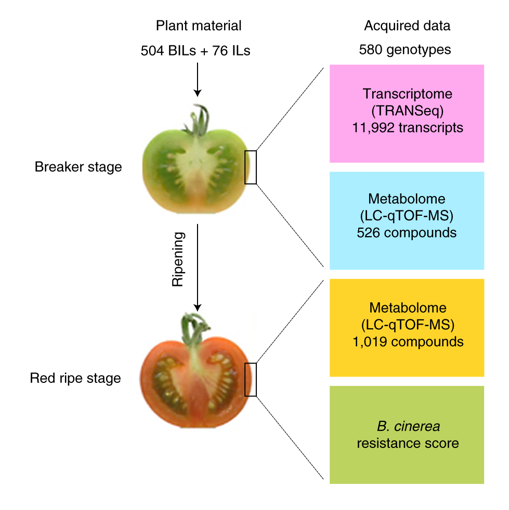
Multi-omics analyses of wild tomato introgression lines reveal a set of gene expression-metabolite-pathogen sensitivity interactions (Nat. Genet.)
Plant Science Research WeeklyDomesticated tomato has been subjected to human selection to satisfy marketing and economic desires, leading to a loss of genetic diversity and elimination of fruits traits such as flavor, aroma and pathogen resistance. Introgression lines (ILs) that capture the genome of wild desert-adapted tomato Solanum…
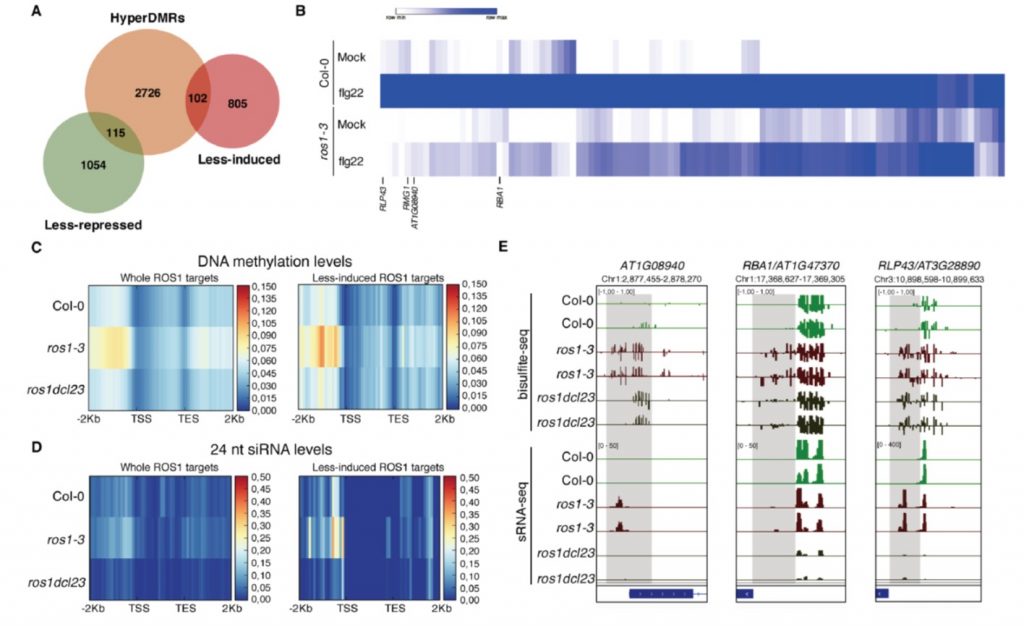
Active DNA demethylation controls defense gene regulation and antibacterial resistance (bioRxiv)
Plant Science Research Weekly
Epigenetic reprogramming, such as DNA methylation changes, has emerged as a crucial regulator of plant defense responses. Homeostasis of DNA methylation is controlled by a balance between methylation and demethylation. ROS1 (Repressor Of Silencing 1) is an Arabidopsis demethylases that is known to…
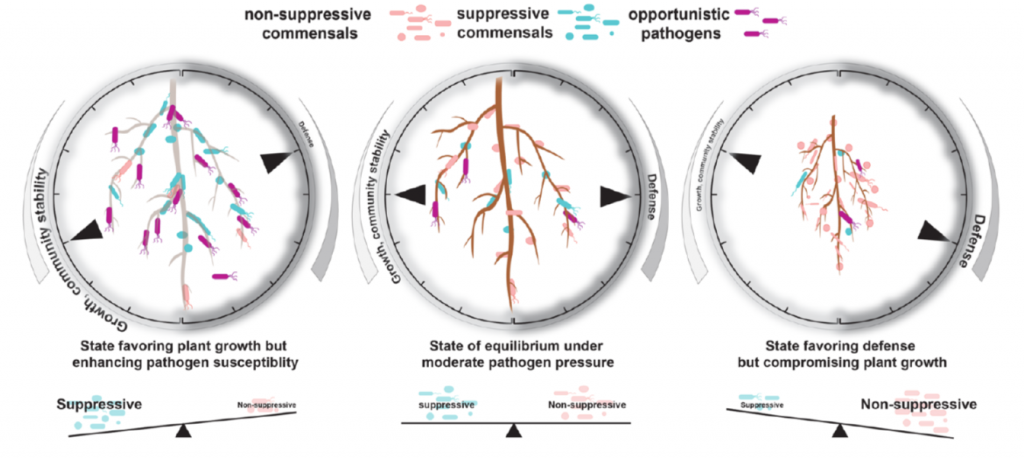
Coordination of microbe-host homeostasis via a crosstalk with plant innate immunity (Research Square)
Plant Science Research WeeklyIn nature, roots are colonized by commensal bacteria that do not seem to influence host traits. Recently, studies showed some commensals can suppress plant immune responses when inoculated to plants alone. However, how such commensal activities are coordinated in the community context is poorly understood.…
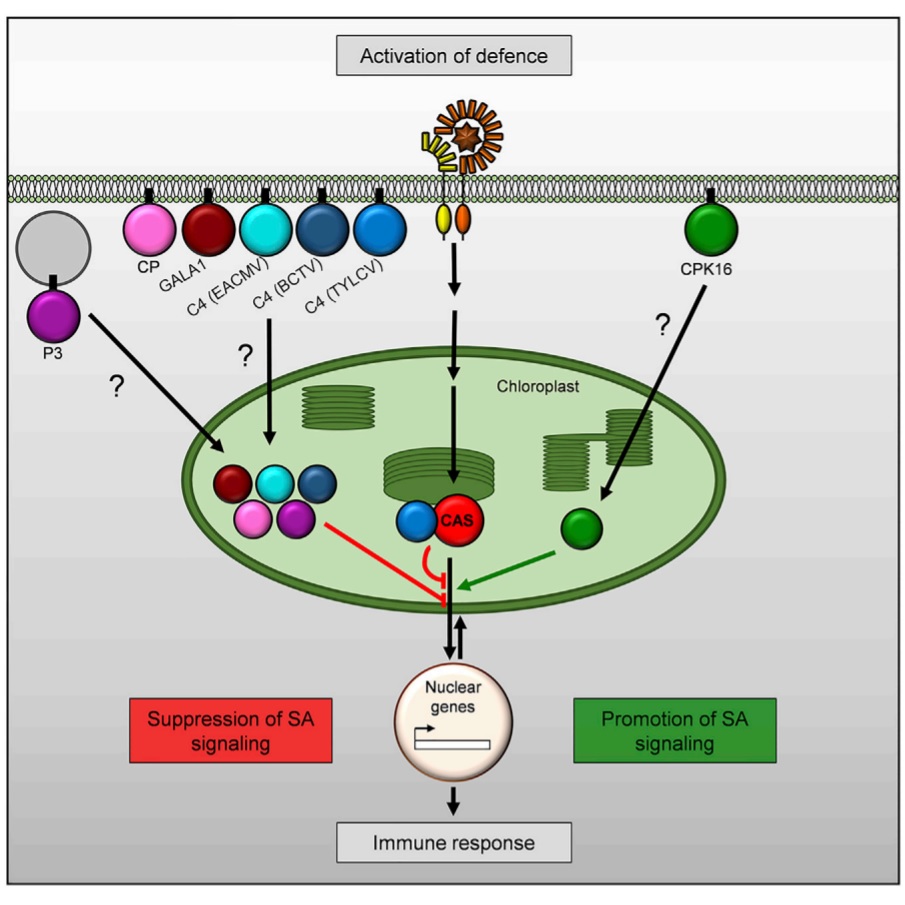
More than photosynthesis: The chloroplast’s role in plant cell defense pathways ($) (Cell)
Plant Science Research WeeklyChloroplasts are involved in various plant cell functions outside of photosynthesis including defense activation. How is the chloroplast able to do so? In this study, Medina-Puche et al. characterized the molecular function and cellular localization of the Tomato yellow leaf curl virus-derived C4 protein.…

